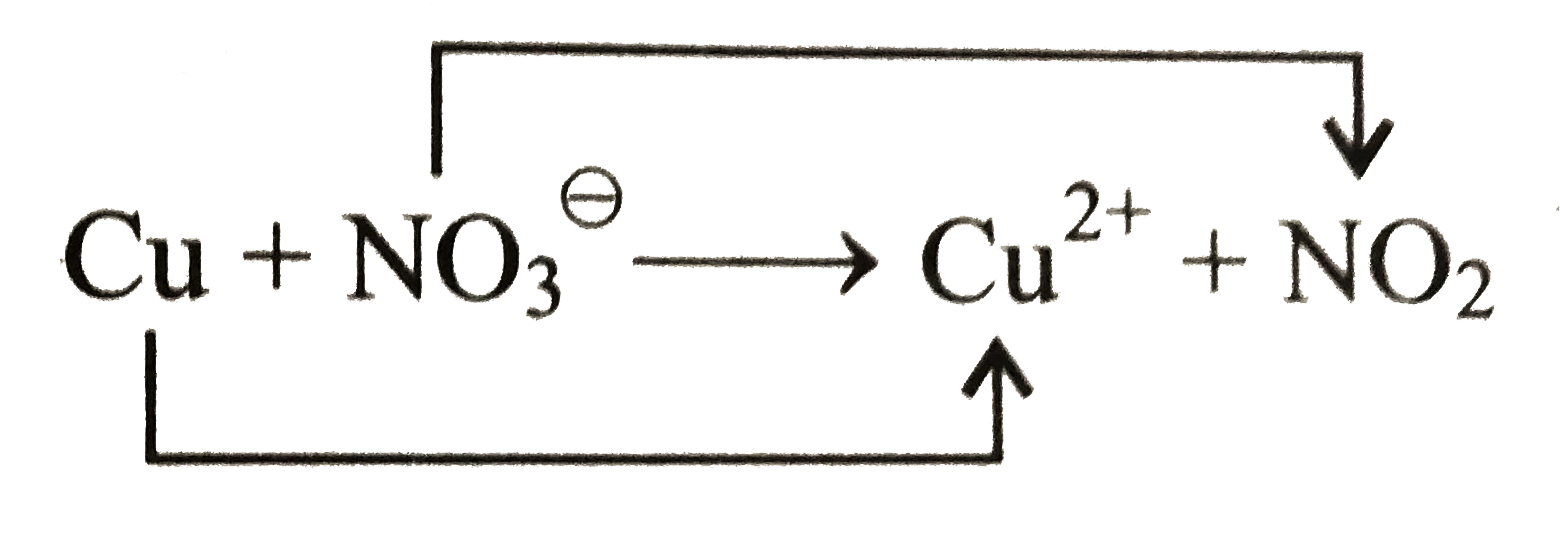Bleaching powder reacts with excess dil acid to liberate chlorine which is called
Nascent Chlorine
Availabe Chlorine
Active Chlorine
Atomic Chlorine
The correct Answer is:B
To solve the question regarding the reaction of bleaching powder with excess dilute acid to liberate chlorine, we can follow these steps:
1. Identify the Reactants: The main reactant in this case is bleaching powder, which is chemically known as calcium oxychloride (Ca(OCl)2). The excess dilute acid typically used is sulfuric acid (H2SO4).
2. Write the Reaction: When bleaching powder reacts with dilute sulfuric acid, the reaction can be represented as:
Ca(OCl)2+H2SO4→CaSO4+H2O+Cl2
In this reaction, chlorine gas (Cl2) is liberated.
3. Understand the Type of Chlorine Released: The question asks for the name of the chlorine that is liberated during this reaction. The options provided are:
- Nascent chlorine
- Available chlorine
- Active chlorine
- Atomic chlorine
4. Eliminate Incorrect Options:
- Nascent Chlorine: This term refers to chlorine in a very reactive state, often produced in reactions where chlorine is generated in situ (in the reaction). Since Cl2 is a diatomic molecule, it does not qualify as nascent chlorine.
- Atomic Chlorine: This refers to chlorine in its atomic form (Cl), which is not the case here since Cl2 is diatomic.
- Active Chlorine: This term is not commonly used in this context and can be ambiguous.
5. Identify the Correct Option: The term that best describes the chlorine liberated in this reaction is Available Chlorine. Available chlorine refers to the amount of chlorine that can be released from bleaching powder during the reaction, which is a measure of its bleaching capability.
6. Conclusion: Therefore, the correct answer to the question is Available Chlorine.
Final Answer:
The chlorine liberated from the reaction of bleaching powder with excess dilute acid is called Available Chlorine.
---
Ca(OCl)2+H2SO4→CaSO4+H2O+Cl2
In this reaction, chlorine gas (Cl2) is liberated.
- Nascent chlorine
- Available chlorine
- Active chlorine
- Atomic chlorine
- Nascent Chlorine: This term refers to chlorine in a very reactive state, often produced in reactions where chlorine is generated in situ (in the reaction). Since Cl2 is a diatomic molecule, it does not qualify as nascent chlorine.
- Atomic Chlorine: This refers to chlorine in its atomic form (Cl), which is not the case here since Cl2 is diatomic.
- Active Chlorine: This term is not commonly used in this context and can be ambiguous.
The chlorine liberated from the reaction of bleaching powder with excess dilute acid is called Available Chlorine.
Topper's Solved these Questions
Similar Questions
Knowledge Check
Assertion: Bleaching powder reacts with dilure acids to evolve chlorine
Reason: The chlorine liberated by the action of dilute acids on bleaching powder is called avilable chlorine .Aif both assertion and reason are true and reason is thr correct explanation of assertionBIf both assertion and reason are true but reason is not the correct explanation of assertionCIf assertion is true but reason is falseDIf both assertion and reson are false.Bleaching powder reacts with insufficient dilute acids the gas liberated is
ACl2BO2CBr2DI2Assertion : Bleaching powder reacts with dilute acids to evolve chlorine .
Reason : The chlorine liberated by the action of dilute acids on bleaching powder is called available chlorine .AIf both assertion and reason are true and reason is the correct explanation of assertion .BIf both assertion and reason are true but reason is not the correct explanation of assertion .CIf assertion is true but reason is false .DIf both assertion and reason are false .
Write a balanced equaiton when copper reacts with nitric acid, a brown gas is fromed and the solution turns blue.

View SolutionCalculate the percentage of available chlorine in a given sample of bleaching powder from the following data :
3.55 g of bleaching powder when treated with acetic acid and excess of KI liberated iodine which required 60 mL of 0.5 N sodium thiosulphate solution.
View SolutionChlorine reacts with excess NH3 to give
View SolutionBleaching powder reacts with a few drops of conc.HCl to yield
View SolutionChlorine reacts with excess of ammonia to form.
View Solution

